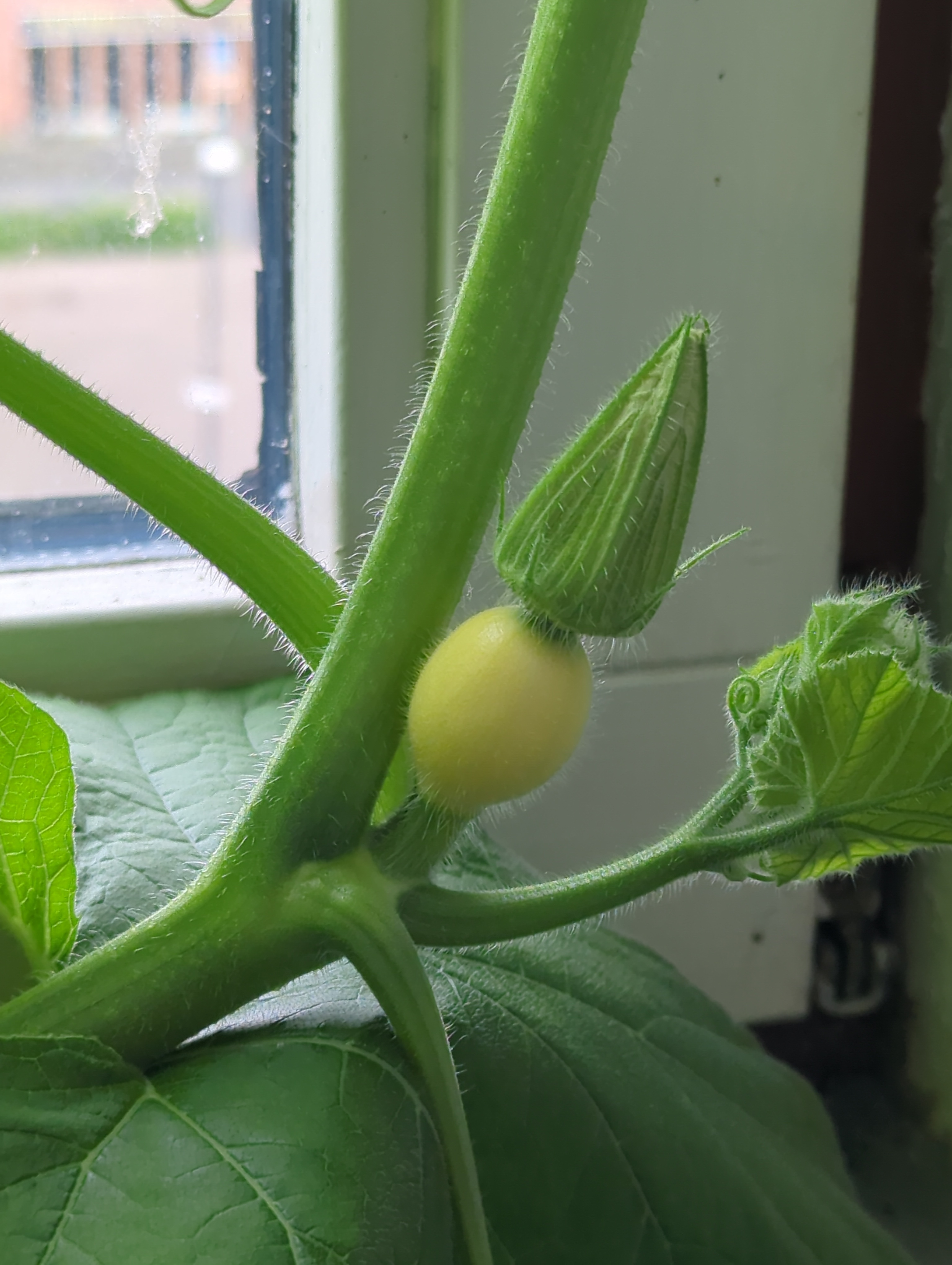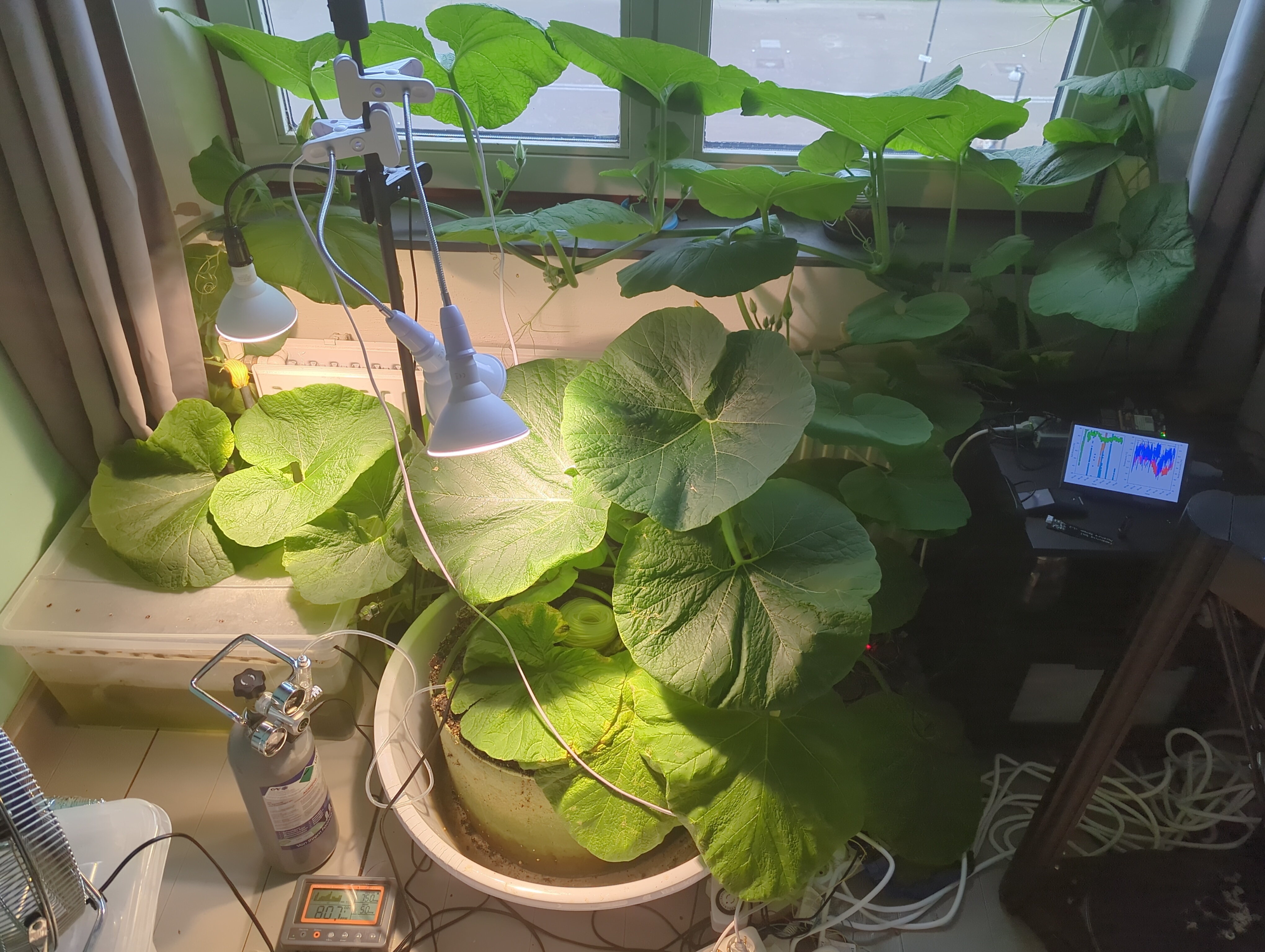I think that they are referring to Paxillus involotus
It is quite an interesting mushroom. It was considered "safe to eat" for a long time, but it contains an antigen that a human's immune system can learn to attack.
The antigen is still of unknown structure but it stimulates the formation of IgG antibodies in the blood serum.
I once looked into whether this immune response builds up over many exposures, or if it is a random event that has a probability of happening for each exposure. I don't remember finding a convincing answer... If it is a random event, then mushroom could be considered a "Russian roulette" mushroom that will usually provide a nice meal, but, if unlucky, you may experience the following:
Poisoning symptoms are rapid in onset, consisting initially of vomiting, diarrhea, abdominal pain, and associated decreased blood volume. Shortly after these initial symptoms appear, hemolysis develops, resulting in reduced urine output, hemoglobin in the urine or outright absence of urine formation, and anemia. Hemolysis may lead to numerous complications including acute kidney injury, shock, acute respiratory failure, and disseminated intravascular coagulation. These complications can cause significant morbidity with fatalities having been reported.
I agree with you that this is probably unrelated to the "generally similar to humans" comment. I feel like this fantasy is a combination of the above fact mixed in with the fact that the Fungi belong to the Opisthokonts, which places them closer to animals than plants, and so they share some interesting cellular characteristics with us. This places them closer to animals than plants, but "generally similar to humans" is perhaps a bit of a stretch ^_^
But, it is just a meme about a guy being hyped about mushrooms. Hopefully people don't expect memes to be super accurate 😁








If the timing is right, I would bring a mushroom grow bag with mushrooms sprouting.
If not... probably my radiacode gamma spectrometer and some of my radioactive items. Maybe a clock with radium painted dials and a piece of trinitite. I think that there are many different points of discussion that can be of interest to a broad audience (radioactivity, spectroscopy, electronics, US labor law story of the radium girls, nuclear explosions, background radiation.... etc). As a bonus I can bring a UV flash light and show the radium fluorescence. Adults love UV flash lights.